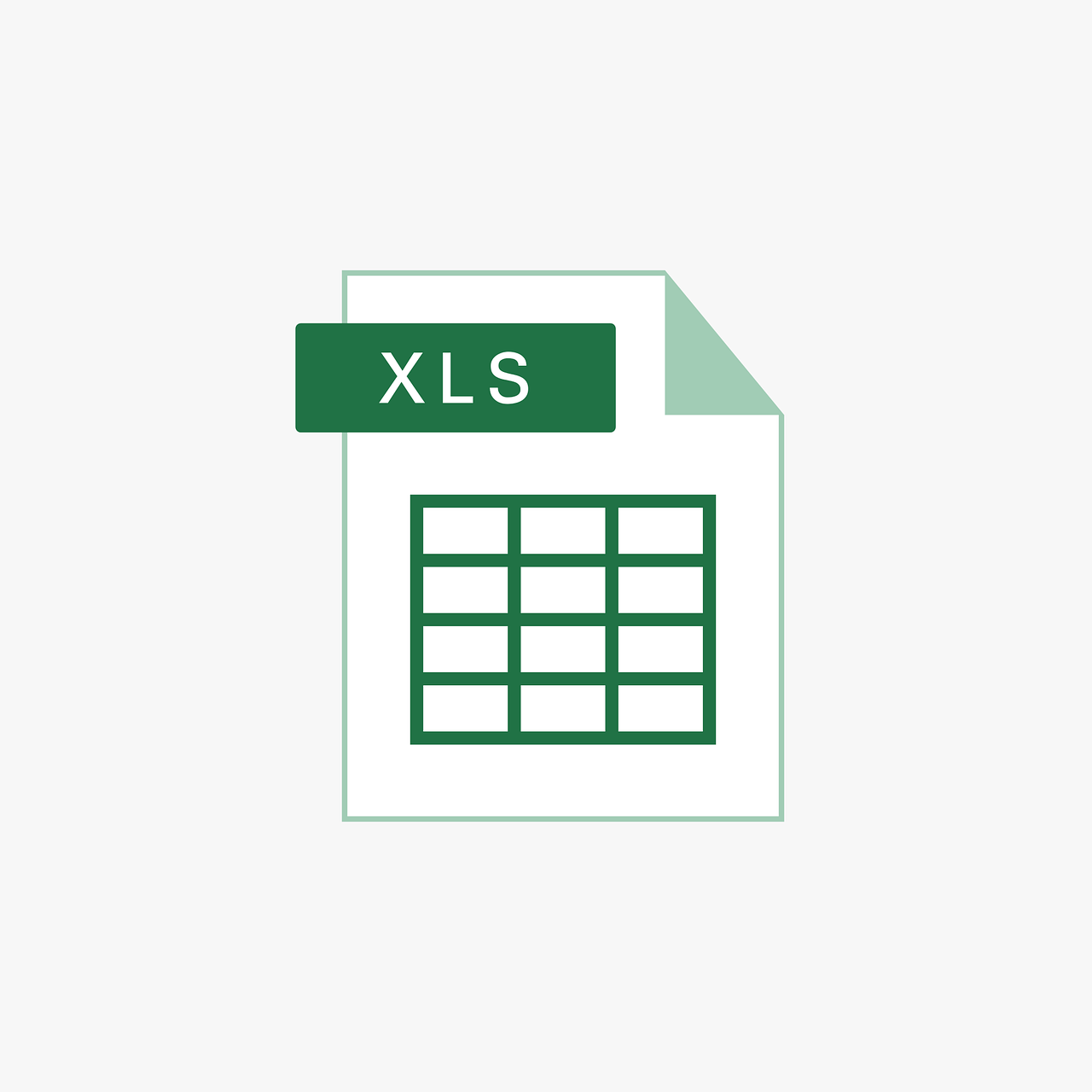“`html
Mastering Excel VBA: A Deep Dive into the ‘Environ’ Function
When working with Excel VBA, understanding how to interact with your computer’s environment variables can greatly enhance the flexibility and power of your macros. The ‘Environ’ function is a simple yet powerful tool that allows you to do just that. In this blog post, we’ll explore the basics of the ‘Environ’ function, learn how to use it effectively, and look at some practical examples.
What is the ‘Environ’ Function?
The ‘Environ’ function in Excel VBA is used to retrieve the value of an environment variable. Environment variables are dynamic values that can affect the way running processes will behave on a computer. These include system settings like the directory paths, user information, and system configurations. The ‘Environ’ function essentially allows you to access this information directly from within your VBA code.
How to Use the ‘Environ’ Function
Using the ‘Environ’ function is straightforward. The syntax for the ‘Environ’ function is as follows:
Environ(Expression)
The Expression is a string that specifies the name of the environment variable you want to retrieve. For example, if you want to get the username of the person currently logged into the computer, you can use the following code:
Sub GetUsername()
Dim username As String
username = Environ("Username")
MsgBox "The current user is: " & username
End Sub
Common Environment Variables
Here’s a list of some commonly used environment variables that you can access using the ‘Environ’ function:
- USERNAME: The name of the current user.
- USERPROFILE: The path to the user’s profile directory.
- OS: The name of the operating system.
- TEMP: The path to the temporary files directory.
- PATH: The system path.
Practical Examples of Using ‘Environ’
Example 1: Accessing User Information
Let’s say you need to personalize a report based on the user who runs the macro. You can use ‘Environ’ to retrieve the username and add it to your report:
Sub PersonalizeReport()
Dim username As String
username = Environ("USERNAME")
Range("A1").Value = "Report for: " & username
End Sub
Example 2: Navigating to System Directories
Sometimes, you might need your macro to save files to certain system directories. You can use ‘Environ’ to get dynamic paths like the desktop or documents folder:
Sub SaveToDesktop()
Dim desktopPath As String
desktopPath = Environ("USERPROFILE") & "\Desktop\"
ThisWorkbook.SaveAs Filename:=desktopPath & "MyWorkbook.xlsx"
End Sub
Example 3: Handling Temporary Files
If your macro generates temporary files, it’s good practice to store them in the system’s temporary directory. Here’s how you can do it:
Sub SaveTemporaryFile()
Dim tempPath As String
tempPath = Environ("TEMP") & "\TempFile.txt"
Open tempPath For Output As #1
Print #1, "This is a temporary file."
Close #1
End Sub
Benefits of Using the ‘Environ’ Function
The ‘Environ’ function provides several advantages for VBA programmers:
- Flexibility: It allows your macros to adapt to different user environments without manual configuration.
- Efficiency: Reduces hardcoding of paths and user-specific data, making your code cleaner and more maintainable.
- Security: By accessing environment variables, you can ensure that sensitive data paths are not hard-coded into your macros.
Conclusion
The ‘Environ’ function in Excel VBA is a powerful tool for accessing environment variables, which can greatly enhance the utility and flexibility of your macros. Whether you’re personalizing reports, navigating system directories, or managing temporary files, ‘Environ’ provides a simple way to interact with the user’s environment.
For more VBA tips and tricks, check out our VBA Tips page. You can also visit the Microsoft Docs for Excel VBA for comprehensive documentation and resources.
By mastering the ‘Environ’ function, you can make your Excel applications more robust and responsive to the ever-changing computing environment.
“`

